Common things that used to be so much rarer
Everyday objects surround us, often unnoticed, yet each has a fascinating journey. From humble beginnings to everyday essentials, these items have shaped our lives in ways we seldom consider. The evolution of these items tells a story of innovation and changing lifestyles, reflecting how society has adapted over time. Let’s explore how some of these familiar items transformed from novelties to necessities.
The Ubiquitous Smartphone Phenomenon
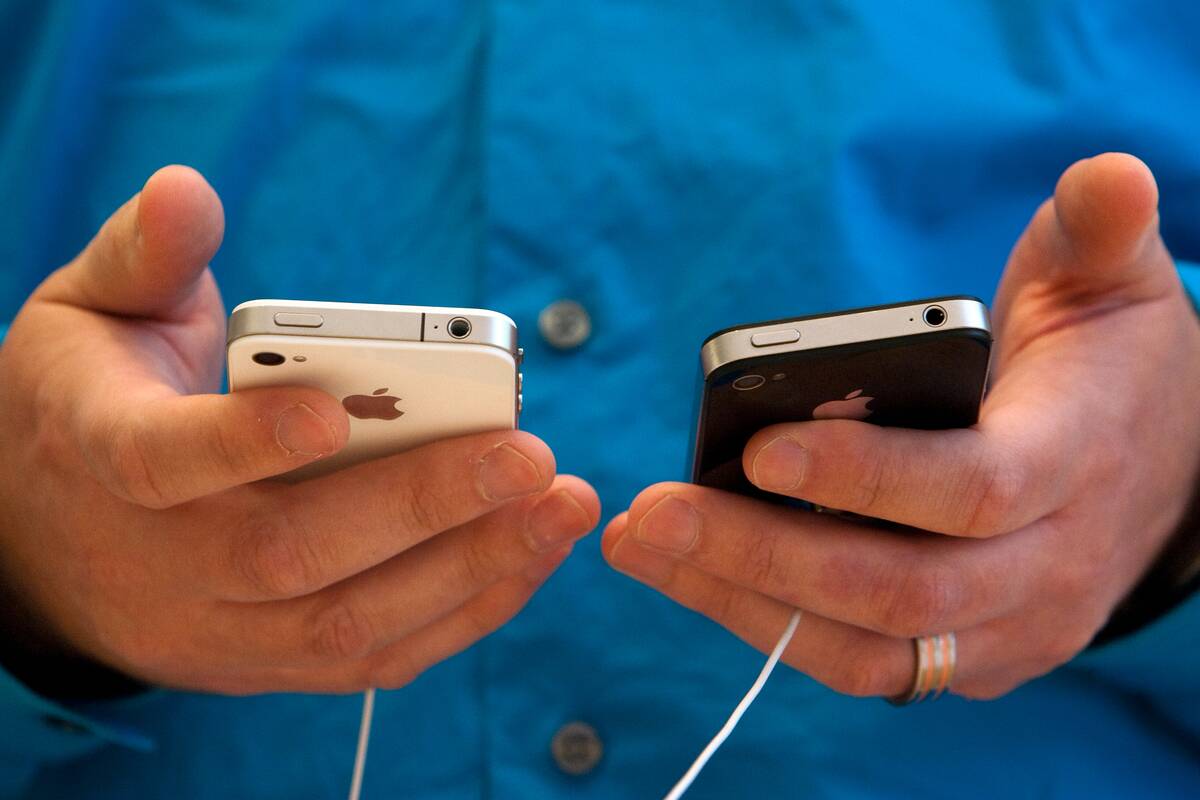
Smartphones have become indispensable, with billions of users worldwide. It’s hard to imagine a time when they didn’t exist. The first mobile phone, introduced by Motorola in 1973, weighed over two pounds. Today, smartphones fit comfortably in our pockets, serving as cameras, navigation systems, and more. The rapid adoption of smartphones has revolutionized communication and information access, making them a fundamental part of modern life.
When Coffee Was a Luxury Commodity

Coffee wasn’t always the everyday brew we know today. In the 17th century, it was considered a luxury item, enjoyed primarily by the wealthy. Originating in Ethiopia, coffee became popular in Europe through the Ottoman Empire. By the 18th century, coffee houses, known as ‘penny universities’, were hubs of social interaction. Today, coffee is a staple beverage worldwide, with 2.25 billion cups consumed daily, thanks to its widespread cultivation and distribution.
The Rise of Personal Computers in Every Home
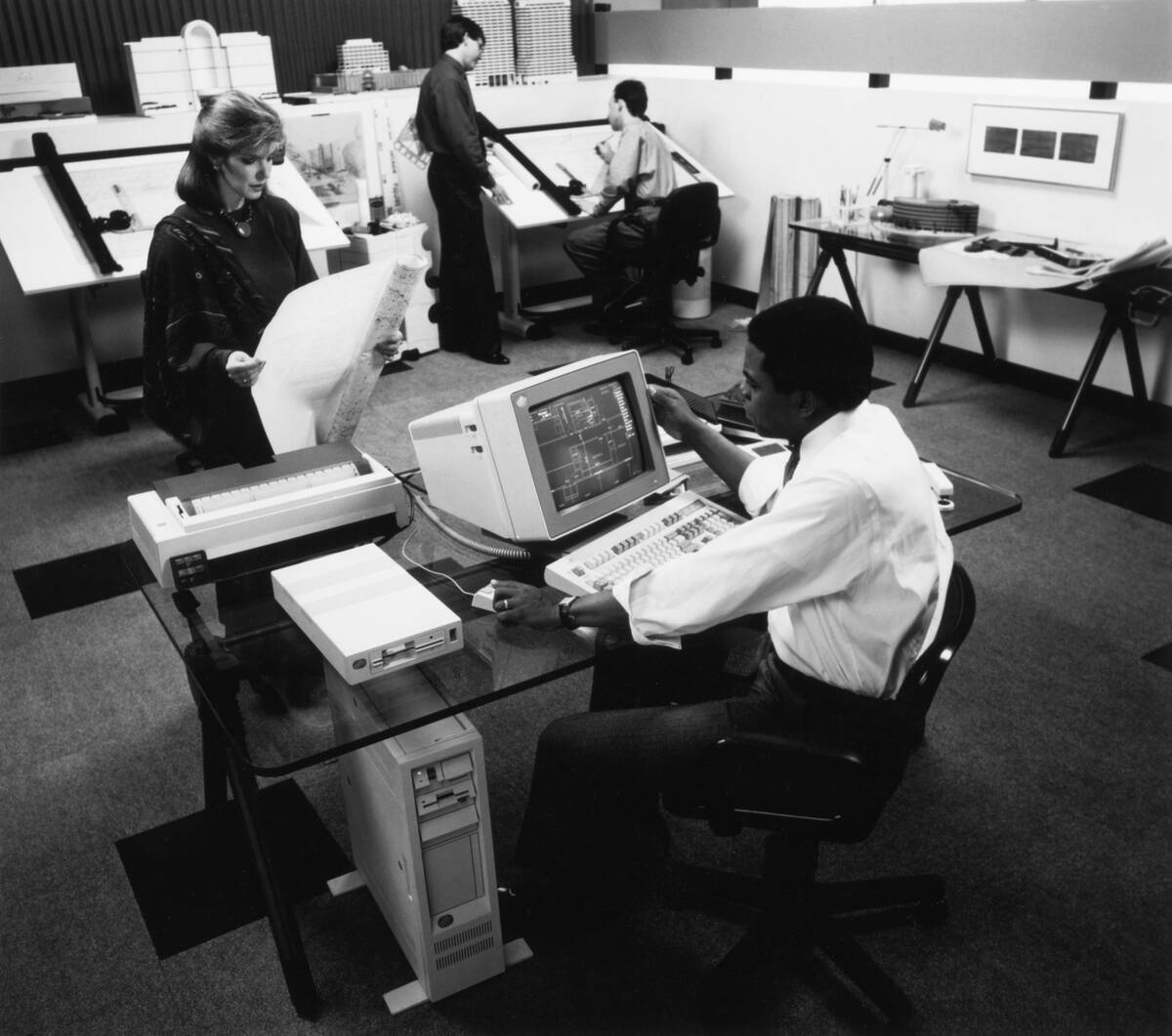
Personal computers have transformed from rare and expensive machines to household staples. In the late 1970s, the Apple II and IBM’s first PC made computing more accessible. By the 1990s, computers became commonplace as prices dropped and internet connectivity grew. Today, over 75% of U.S. households own a computer. This evolution has not only altered how we work and learn but also how we connect with the world.
The Transformation of Television: From Novelty to Necessity
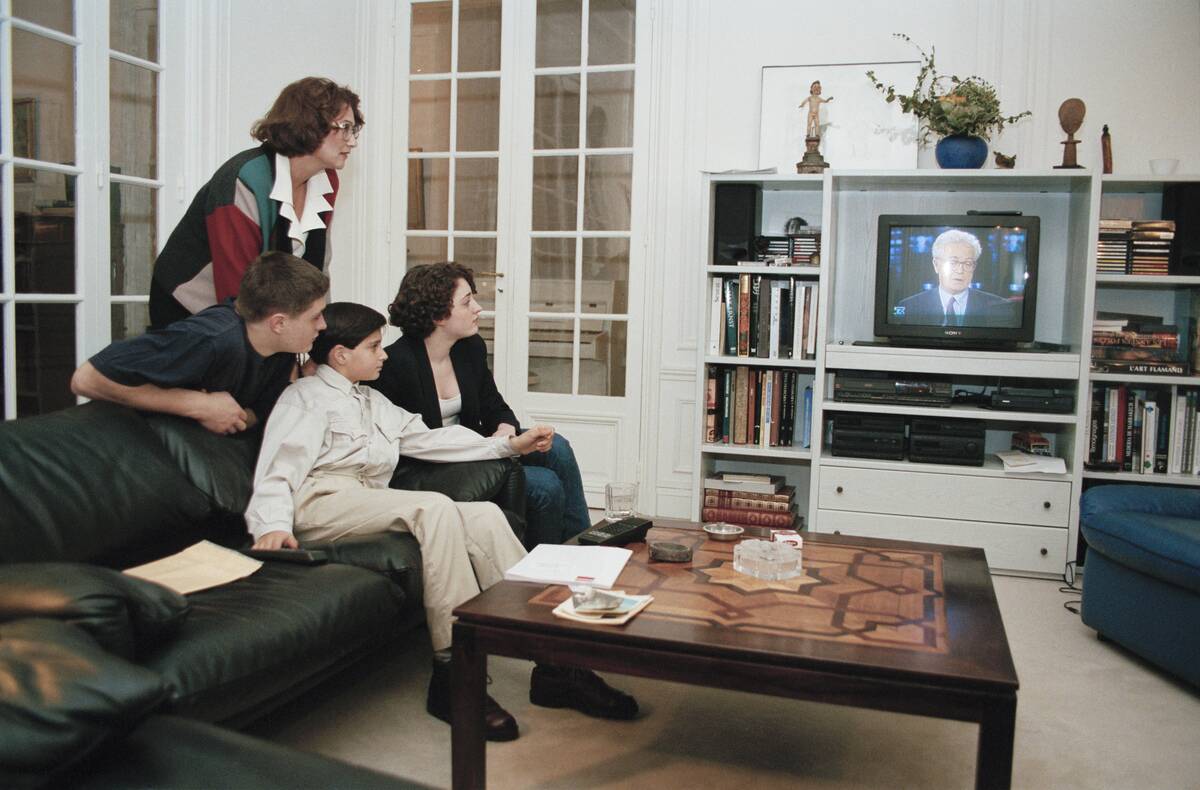
Television was once a rare luxury, with the first commercial sets appearing in the 1930s. By the 1950s, television became a cultural staple in American homes, with families gathering around to watch nightly programs. The transition to color TV in the 1960s further fueled its popularity. Today, televisions are found in over 1.7 billion households worldwide, offering streaming services and smart features that continue to redefine home entertainment.
Cars: From Rare Luxury to Commonplace Transport
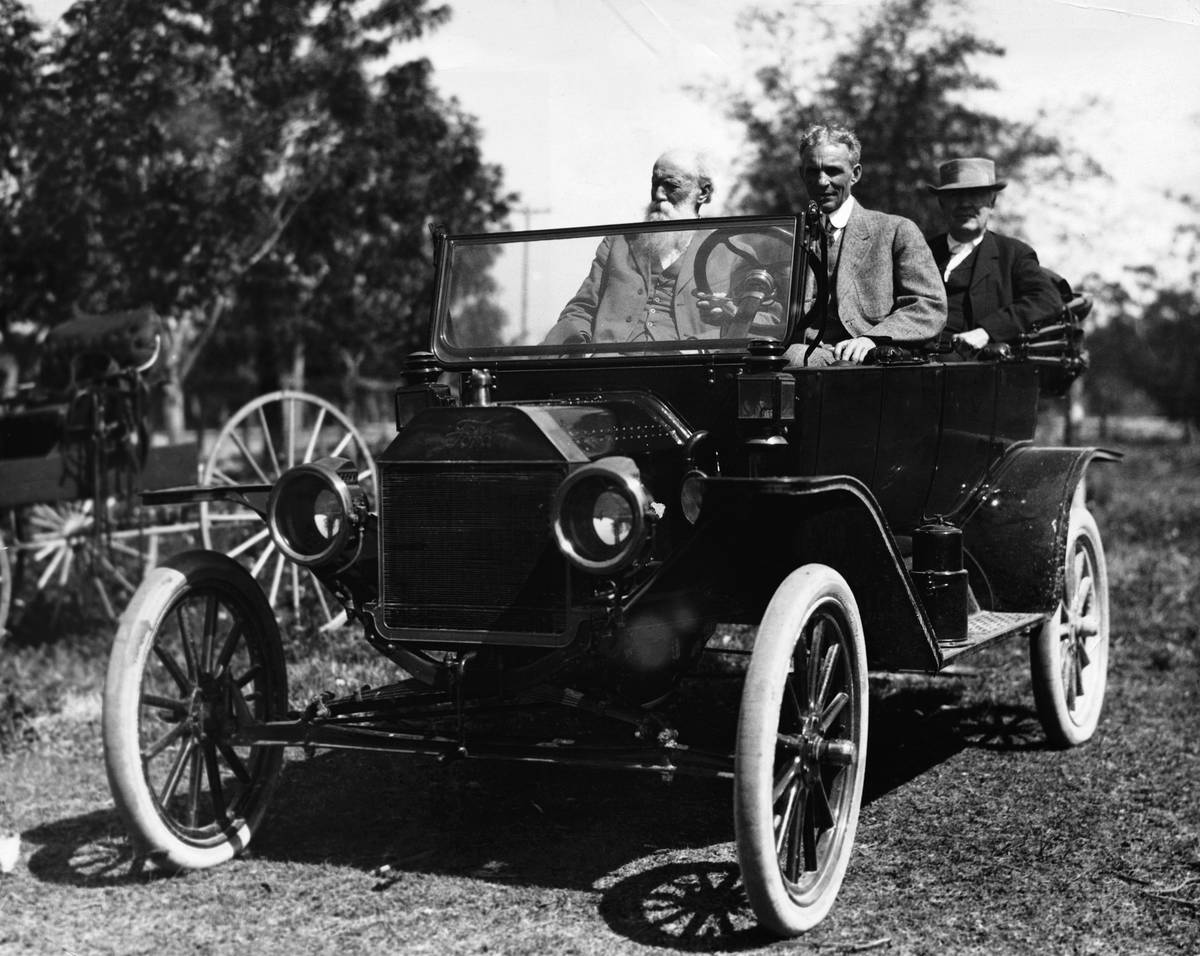
Cars have come a long way since the Model T made its debut in 1908. Initially, automobiles were a privilege of the wealthy, but Henry Ford’s assembly line made them affordable for the average person. By the 1950s, car ownership boomed, and highways sprawled across nations. Today, over 1.4 billion cars traverse the globe, making personal transportation accessible for many and transforming urban landscapes.
Indoor Plumbing: A Modern Convenience We Take for Granted
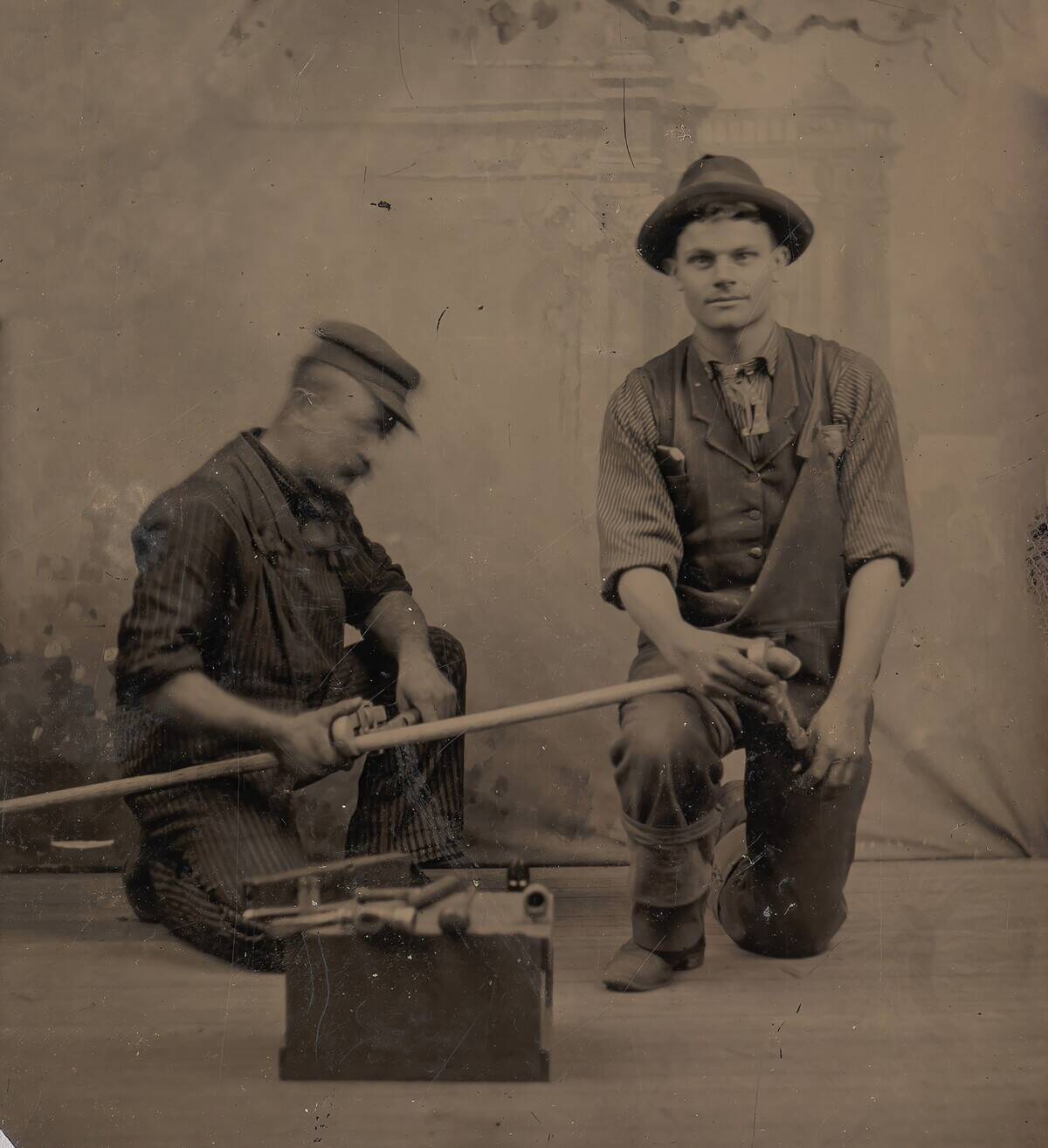
Indoor plumbing is a luxury we often overlook. In ancient Rome, only the wealthy had access to aqueducts and indoor baths. It wasn’t until the 19th century that indoor plumbing became more widespread, with public health reforms driving its adoption. Today, most of the global population has access to basic drinking water services, though many still lack sanitation facilities. Indoor plumbing has significantly improved hygiene and quality of life.
The Expansion of Fast Food Chains Across the Globe
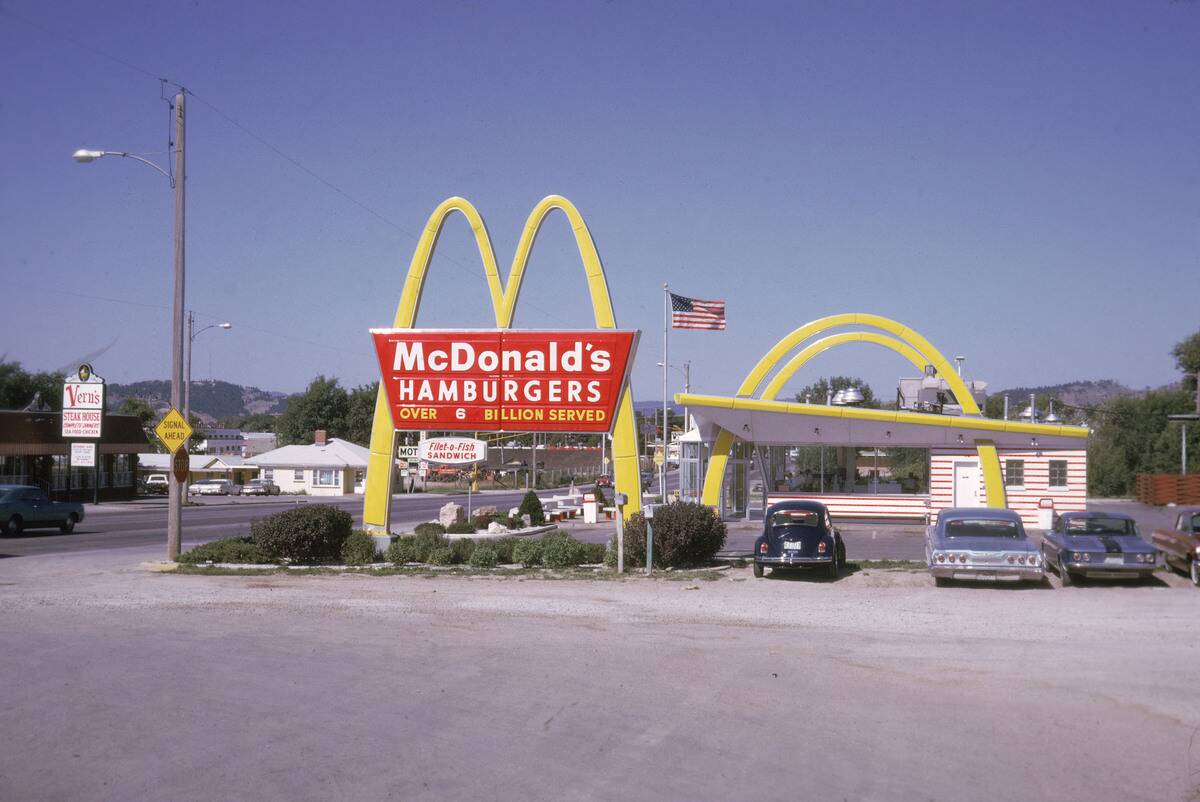
Fast food has become synonymous with modern eating habits. McDonald’s, founded in 1940, spearheaded the fast-food revolution, emphasizing speed and convenience. The concept spread globally, with over 38,000 McDonald’s restaurants in more than 100 countries by 2021. Fast food’s global expansion reflects changing lifestyles and the demand for quick, affordable meals, though it also sparked conversations about health and nutrition.
Air Travel: From Exclusive to Accessible
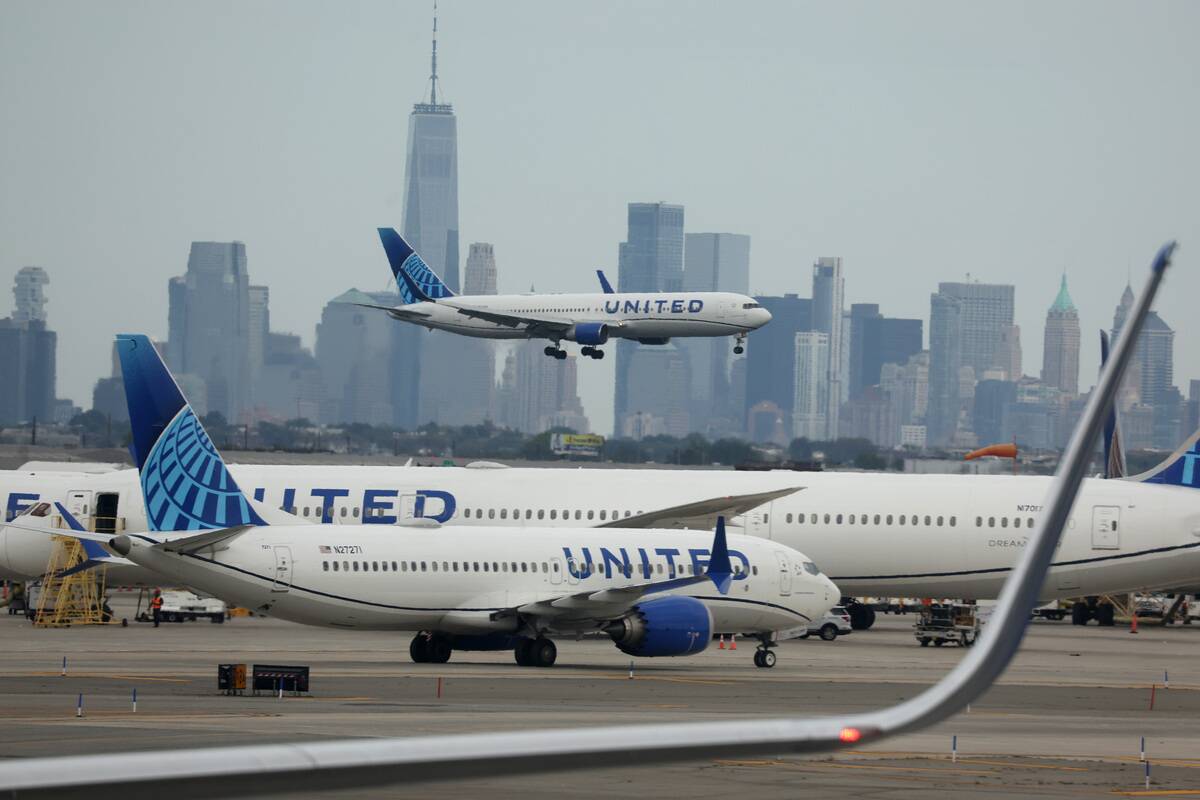
Air travel was once a luxury reserved for the elite. The Wright brothers’ first flight in 1903 set the stage for aviation, but commercial flights remained expensive for decades. The introduction of jet airliners in the 1950s and deregulation in the 1970s made flying more affordable. By 2019, airlines carried billions of passengers annually. Today, air travel is a vital part of global connectivity, bridging distances once deemed insurmountable.
The Boom of Digital Cameras and Photography
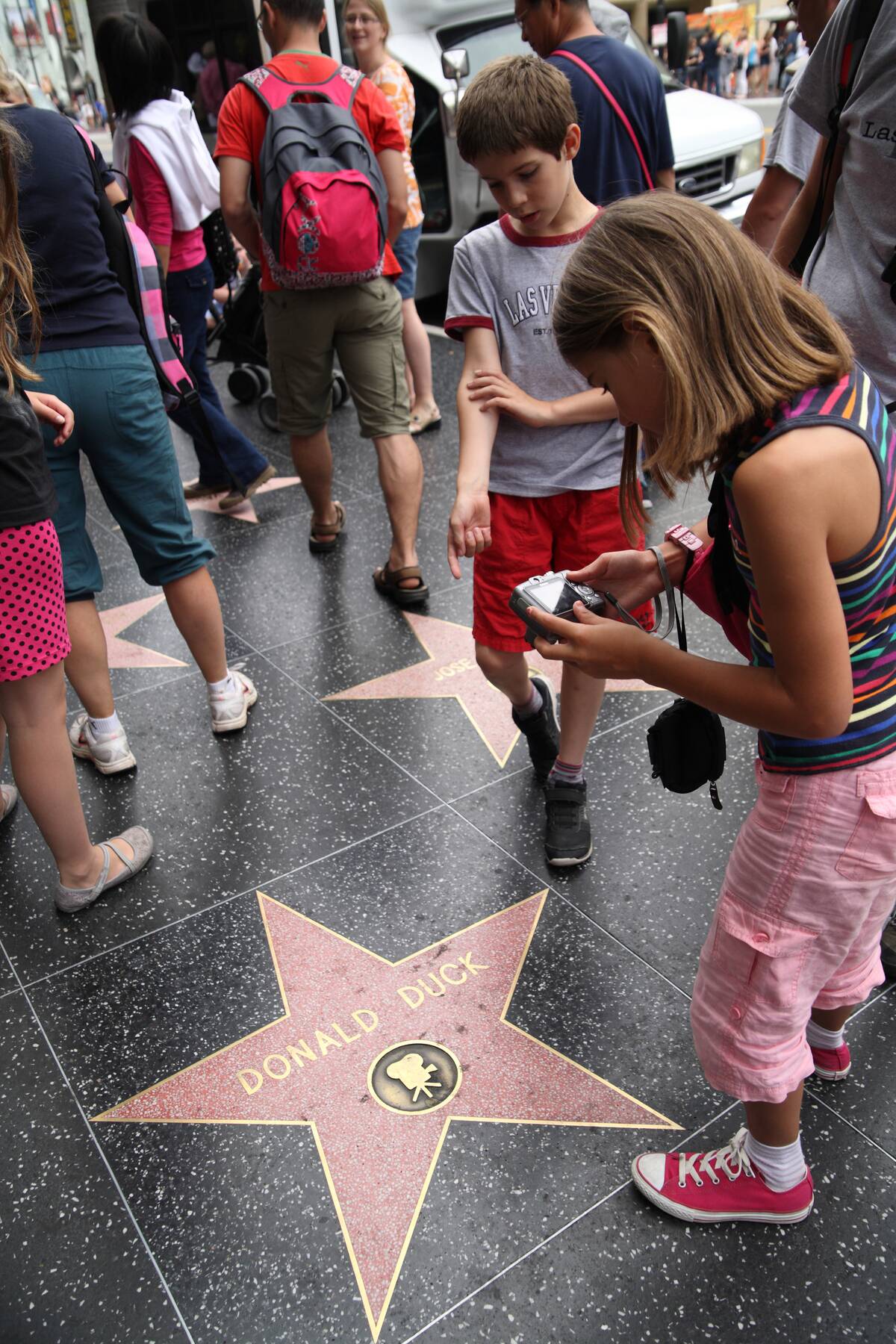
Digital cameras revolutionized photography, making it more accessible than ever. Kodak’s first digital camera, invented in 1975, was a bulky prototype. By the 2000s, digital cameras became mainstream, with smartphones further democratizing photography. Today, billions of photos are taken daily, capturing life’s moments instantly. This shift from film to digital has changed how we document and share our experiences, fostering creativity and connection.
The Internet: From Scientific Tool to Household Staple
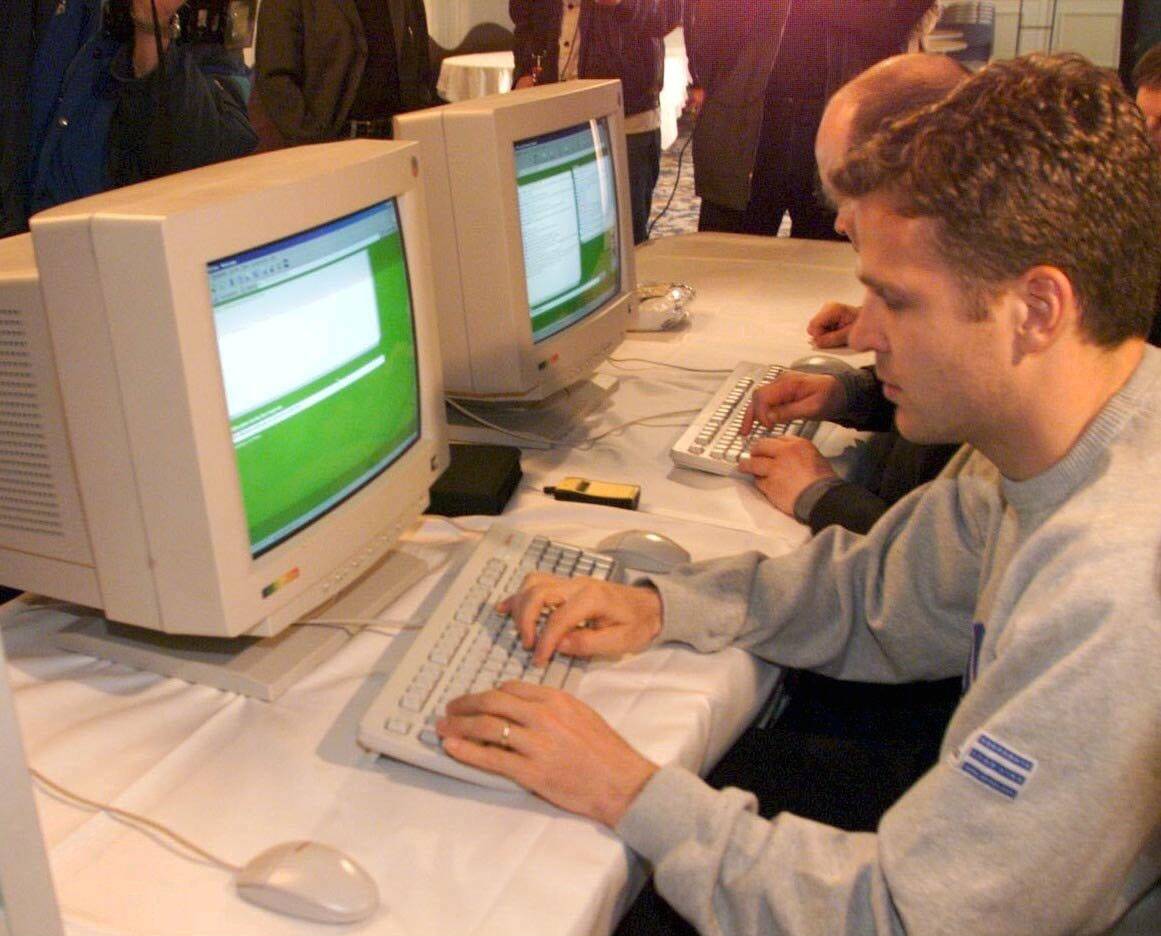
The internet began as a defense project in the 1960s, designed for secure communication. It wasn’t until the 1990s that it entered homes, initially through dial-up connections. The World Wide Web made the internet user-friendly. Today, billions of people use the internet, making it an essential tool for information, communication, and commerce. The internet’s impact on society is immeasurable, reshaping industries and daily life.
The Proliferation of Streaming Services
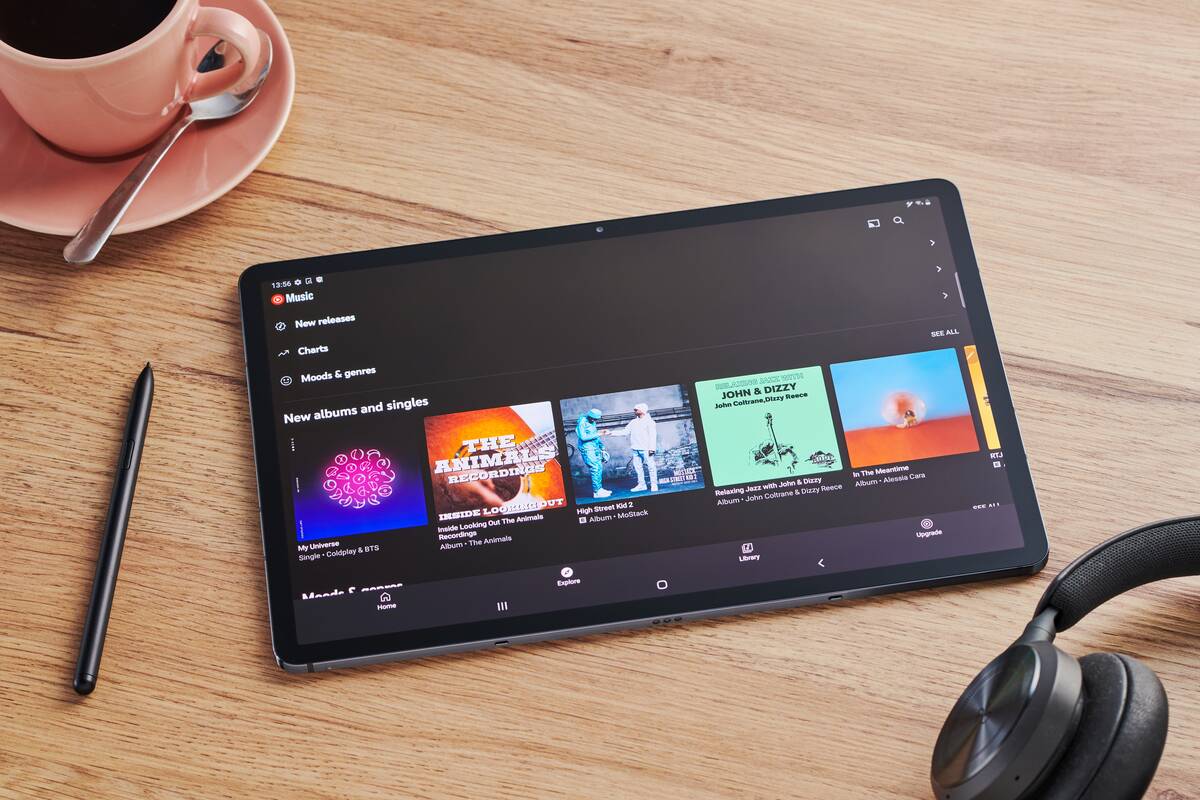
Streaming services have transformed how we consume media. Netflix, launched in 1997 as a DVD rental service, pioneered the shift to online streaming in 2007. Today, platforms like Spotify, Hulu, and Disney+ offer vast libraries of content on-demand. With over 1 billion global subscribers to various streaming services, traditional television and cinema face stiff competition. This digital revolution has changed viewing habits, offering personalized entertainment experiences.
Central Heating and Air Conditioning: A Climate Control Revolution
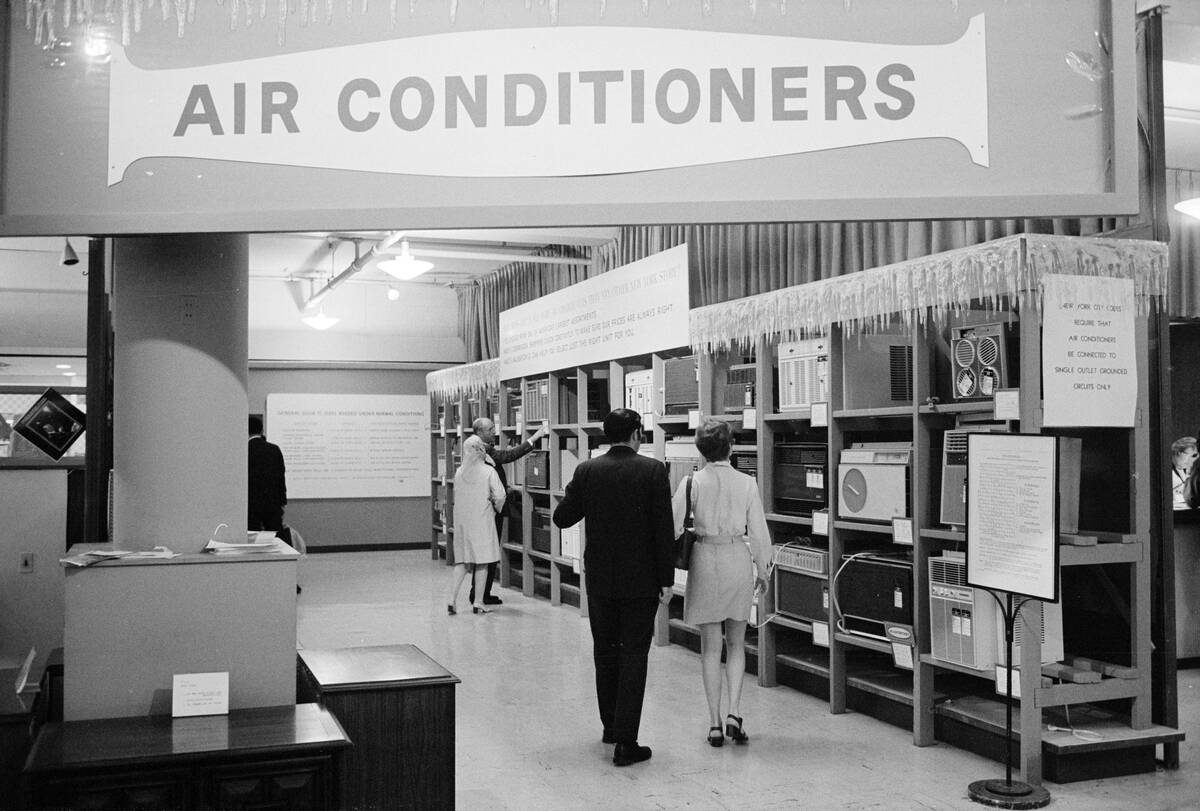
Central heating and air conditioning have revolutionized indoor comfort. The first modern air conditioner, invented by Willis Carrier in 1902, was initially used for industrial purposes. By the mid-20th century, residential air conditioning became common, improving living conditions in hot climates. Today, about 87% of U.S. homes have air conditioning. Central heating, similarly, has made winters more bearable, showcasing how climate control has enhanced everyday life.
The Widespread Adoption of Credit and Debit Cards
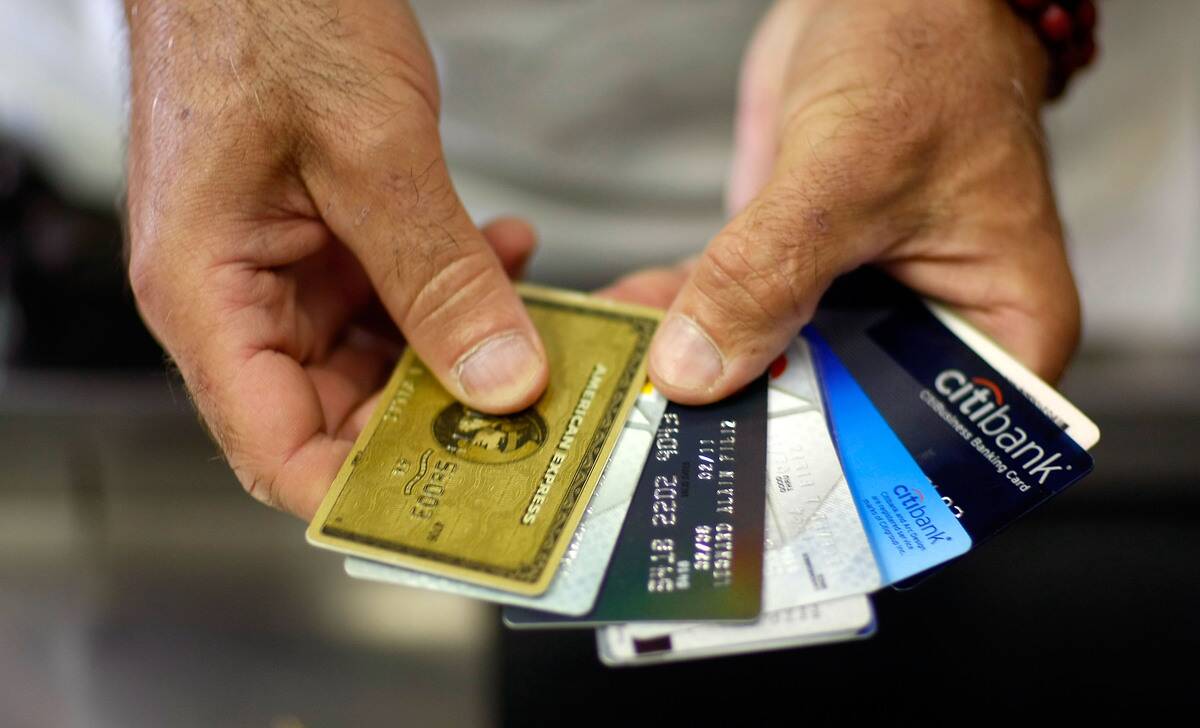
Credit and debit cards have reshaped financial transactions. The first credit card, introduced by Diners Club in 1950, revolutionized consumer purchasing. By the 1970s, magnetic stripe technology made transactions faster and more secure. Today, there are over 2.8 billion credit cards in use globally, facilitating cashless transactions. This shift towards digital payments has streamlined shopping and financial management, driving economic growth and convenience.
The Journey of Books from Rare Manuscripts to Mass Production
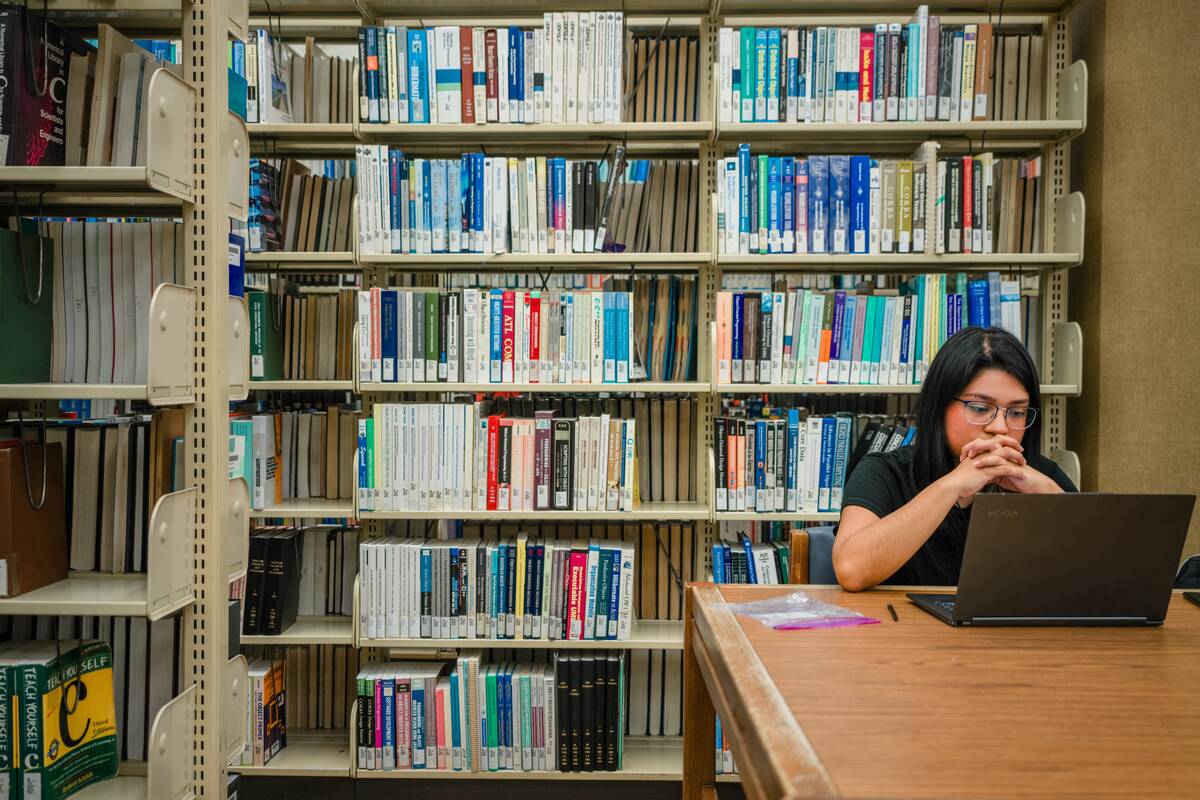
Books have a rich history, from handwritten manuscripts to mass-produced paperbacks. The invention of the printing press by Johannes Gutenberg in the 15th century revolutionized book production, making literature accessible to the masses. Today, e-books and audiobooks offer new ways to consume literature, with digital sales on the rise. This evolution has democratized knowledge, allowing people around the world to access a wealth of information and stories.
The Rapid Spread of Home Appliances
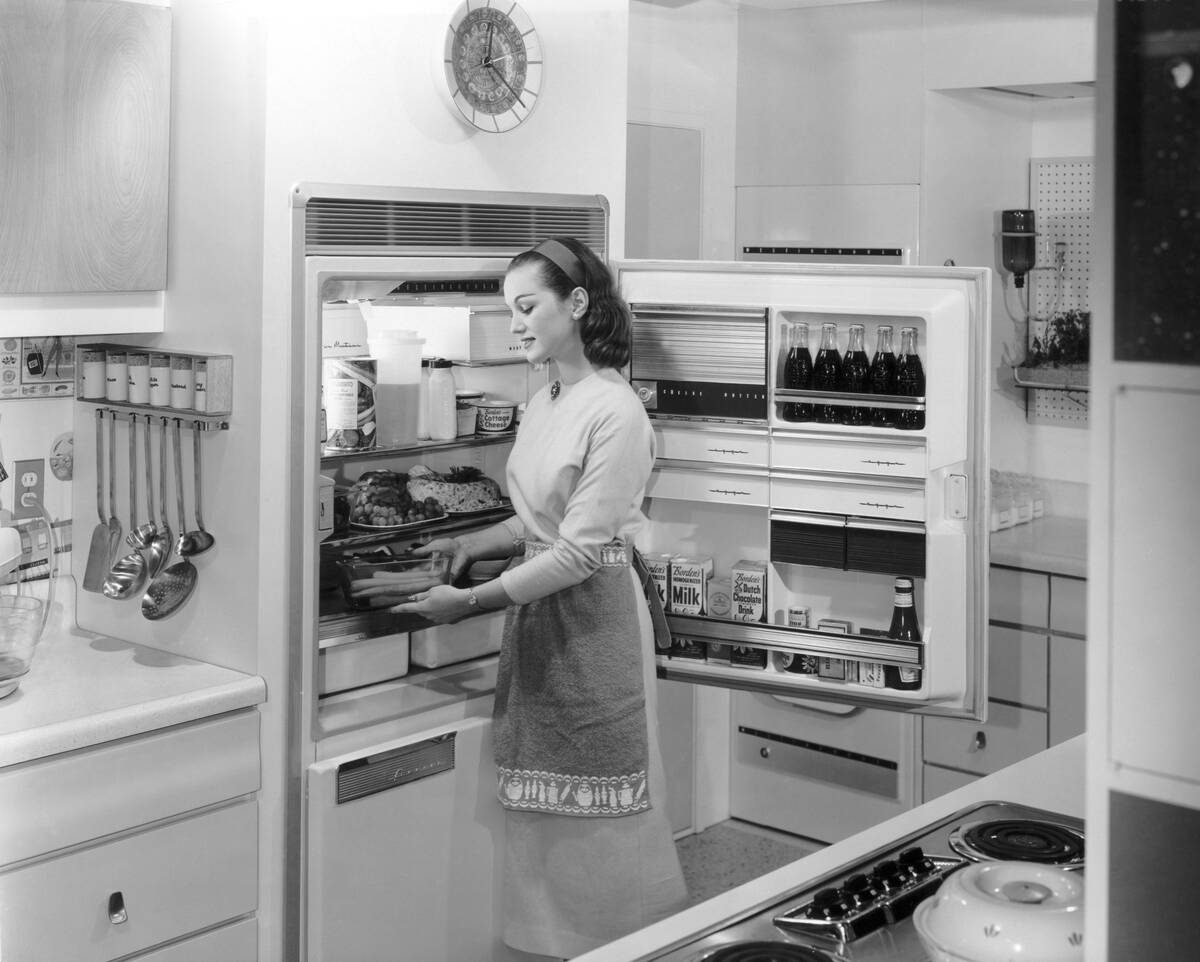
Home appliances have transformed domestic life, offering convenience and efficiency. The 20th century saw the introduction of electric refrigerators, washing machines, and microwave ovens, revolutionizing household chores. Today, smart appliances further enhance convenience, connecting to the internet for remote control and monitoring. This proliferation of technology in the home has freed up time for leisure and work, symbolizing progress and modern living.
The Explosion of Social Media Platforms
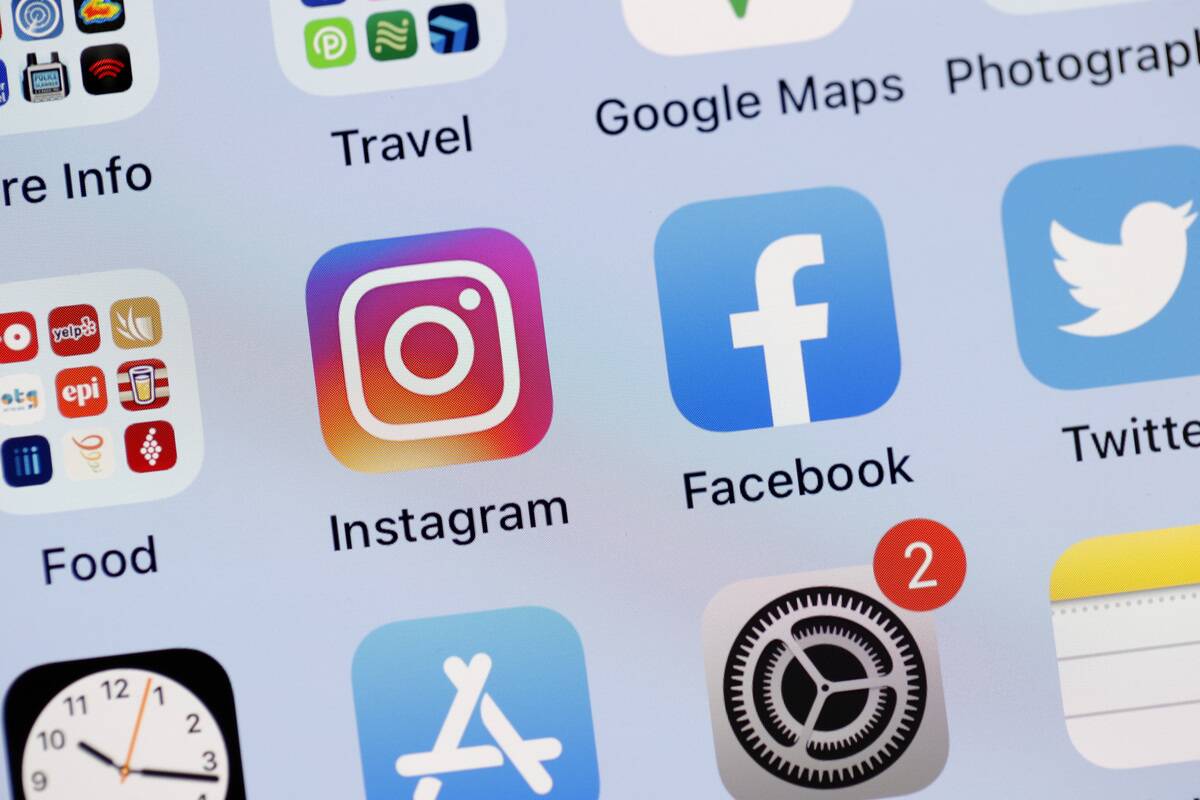
Social media has changed how we connect and communicate. Platforms like Facebook, launched in 2004, and Twitter, in 2006, have created virtual communities and transformed news dissemination. Today, over 4.2 billion people use social media, sharing content and engaging with diverse audiences. This digital landscape has influenced culture, politics, and business, making social media a powerful tool for expression and connection.
Wearable Technology: From Sci-Fi to Daily Life
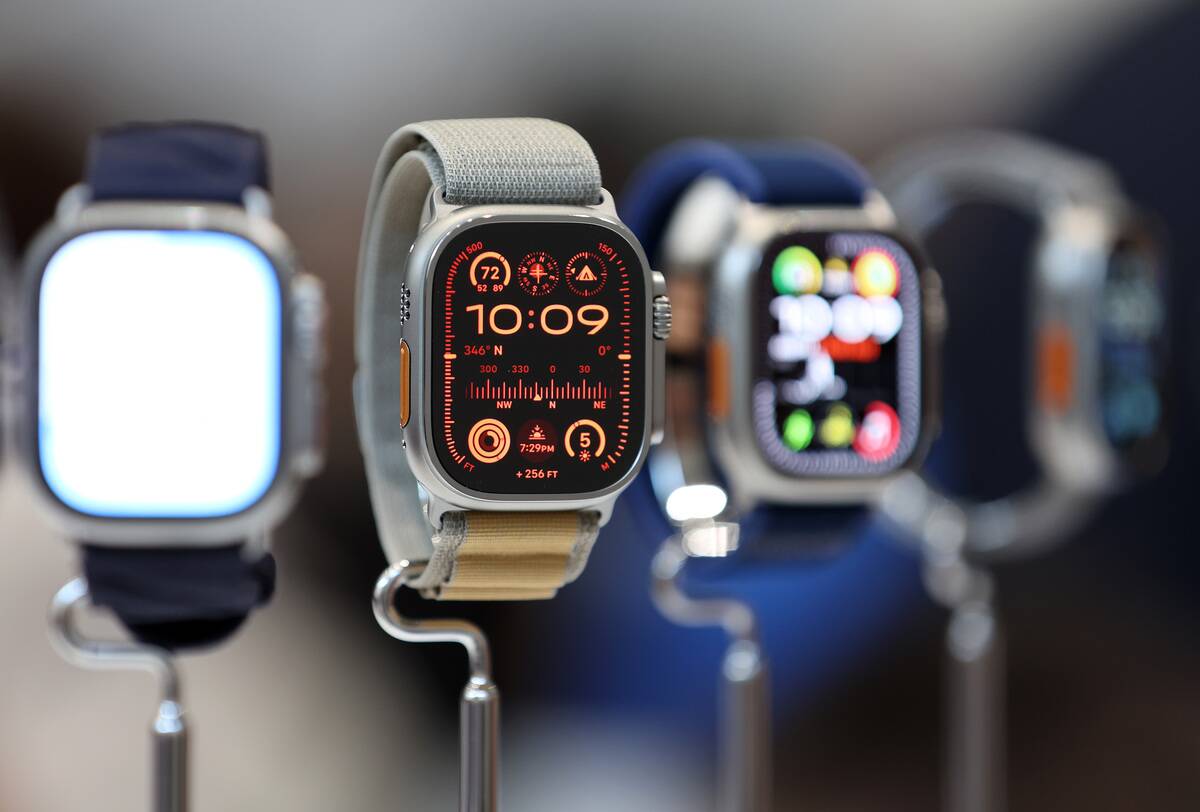
Wearable technology has transitioned from science fiction to reality. Devices like the Fitbit and Apple Watch track health metrics, providing real-time data and insights. The first wearable computer, developed in the 1960s, was bulky and impractical. Today, wearables are sleek and multifunctional, offering convenience and connectivity. This technology continues to evolve, integrating seamlessly into daily life and enhancing personal health and wellness.
The Domination of Electric Lighting Over Candlelit Nights
![[redacted] Exhibits First Successful Incandescent Lamp](https://media.tellmebest.com/wp-content/uploads/2023/01/thomas-edison-exhibits-first-successful-incandescent-lamp.-24215.jpeg)
Electric lighting has brightened our nights, replacing candles and oil lamps. Thomas Edison’s invention of the practical incandescent light bulb in 1879 paved the way for widespread electric lighting. By the 20th century, electricity illuminated homes and cities, extending productive hours beyond daylight. Today, energy-efficient LED lighting further enhances sustainability. This shift has transformed how we live and work, highlighting the impact of innovation on daily life.
The Journey of Denim: From Workwear to Wardrobe Essential

Denim’s journey from utilitarian workwear to a global fashion staple is remarkable. Originating in the late 19th century as durable clothing for miners, denim jeans became a symbol of rebellion in the 1950s. Today, denim is a versatile wardrobe essential, worn by all ages and styles. With billions of pairs of jeans sold annually, denim reflects cultural shifts and enduring fashion trends, showcasing adaptability and timeless appeal.



